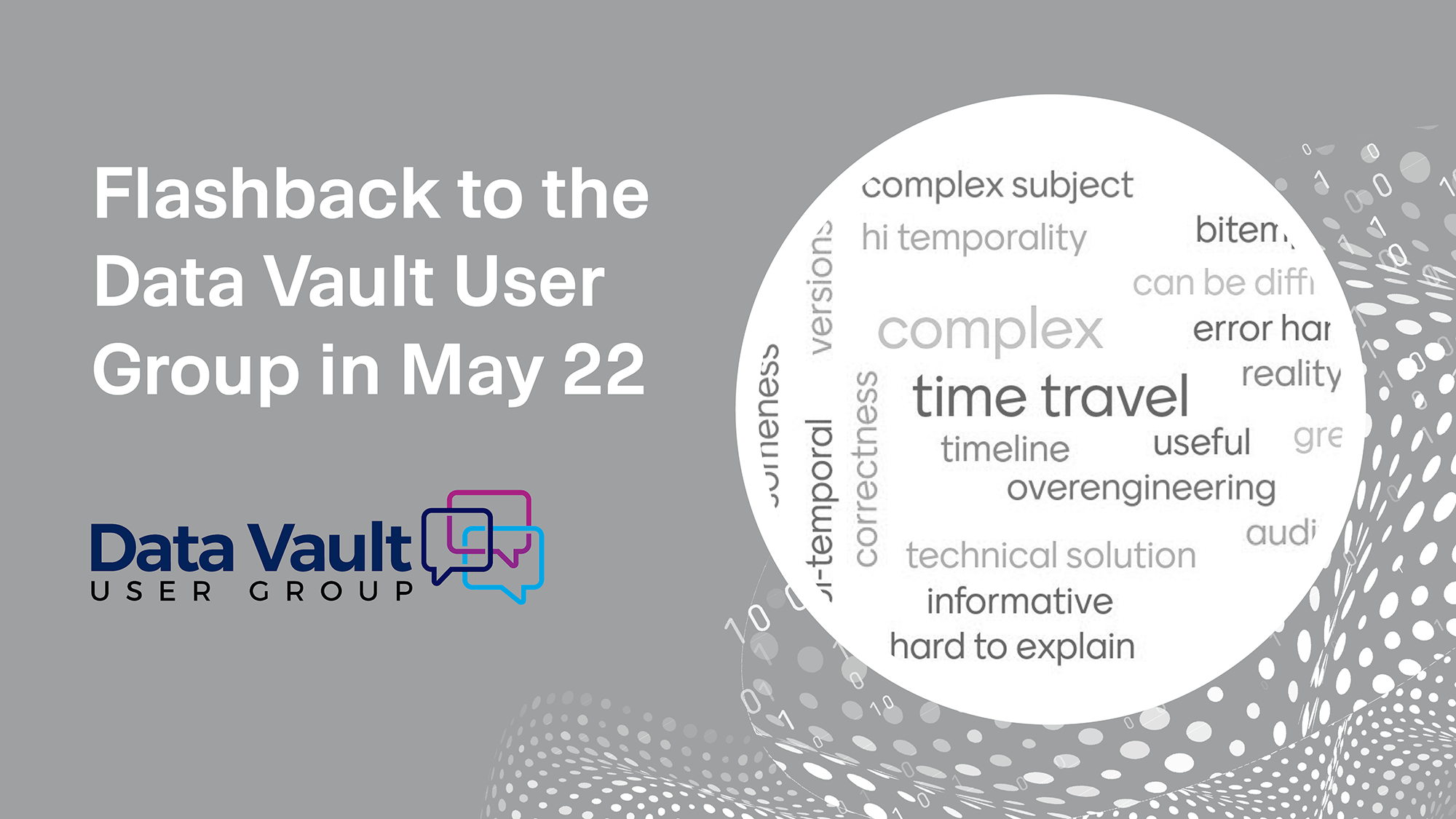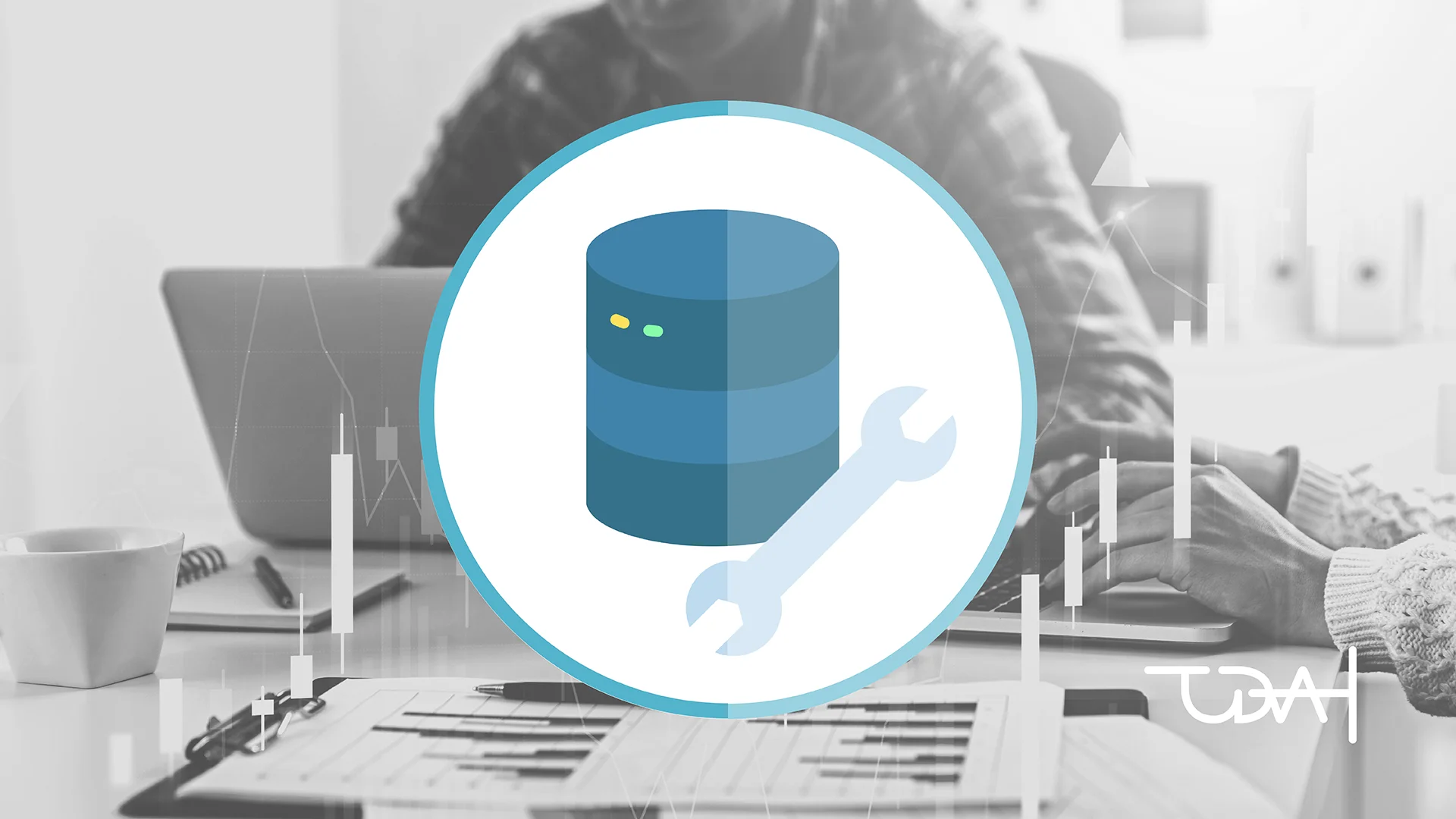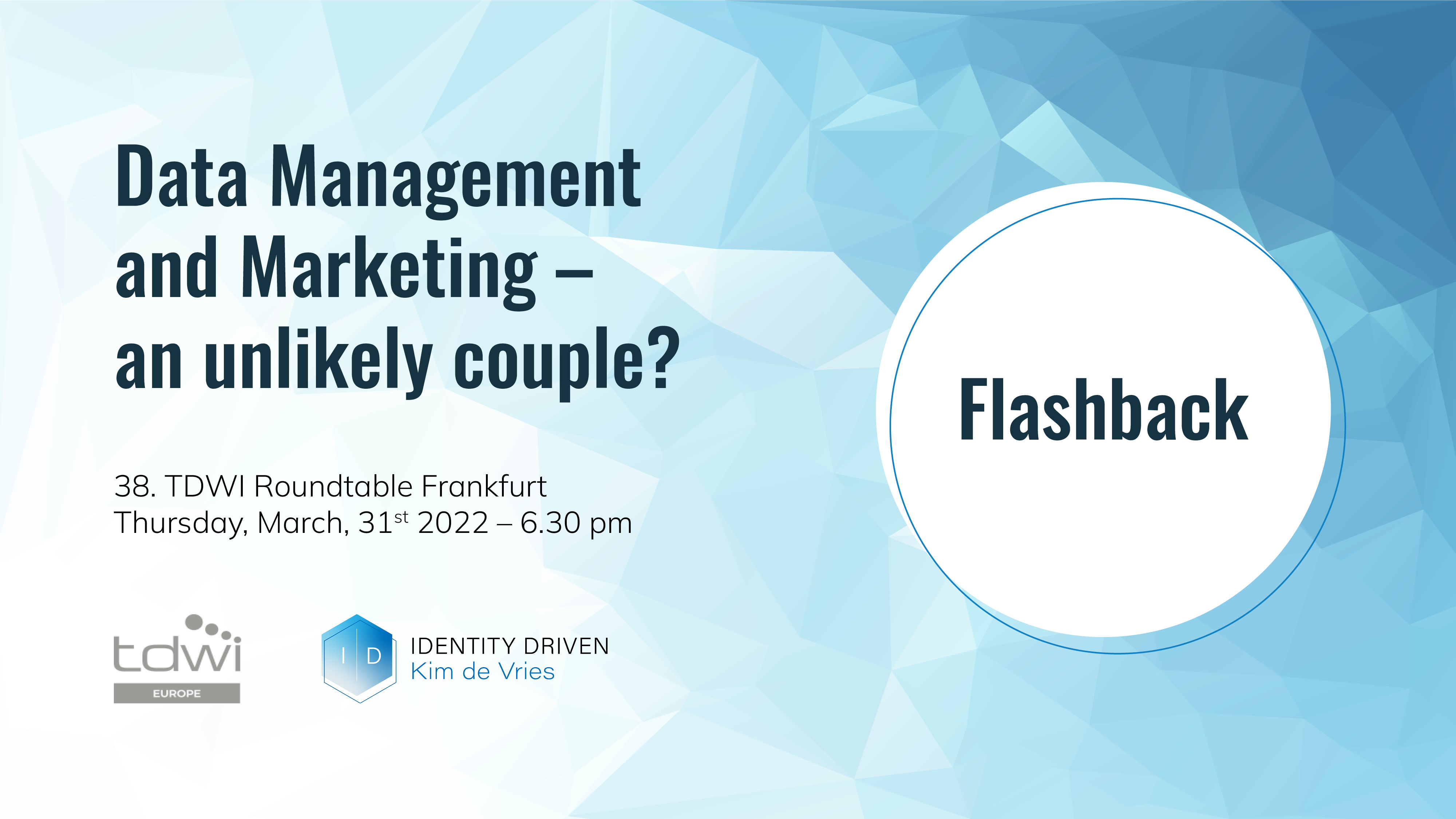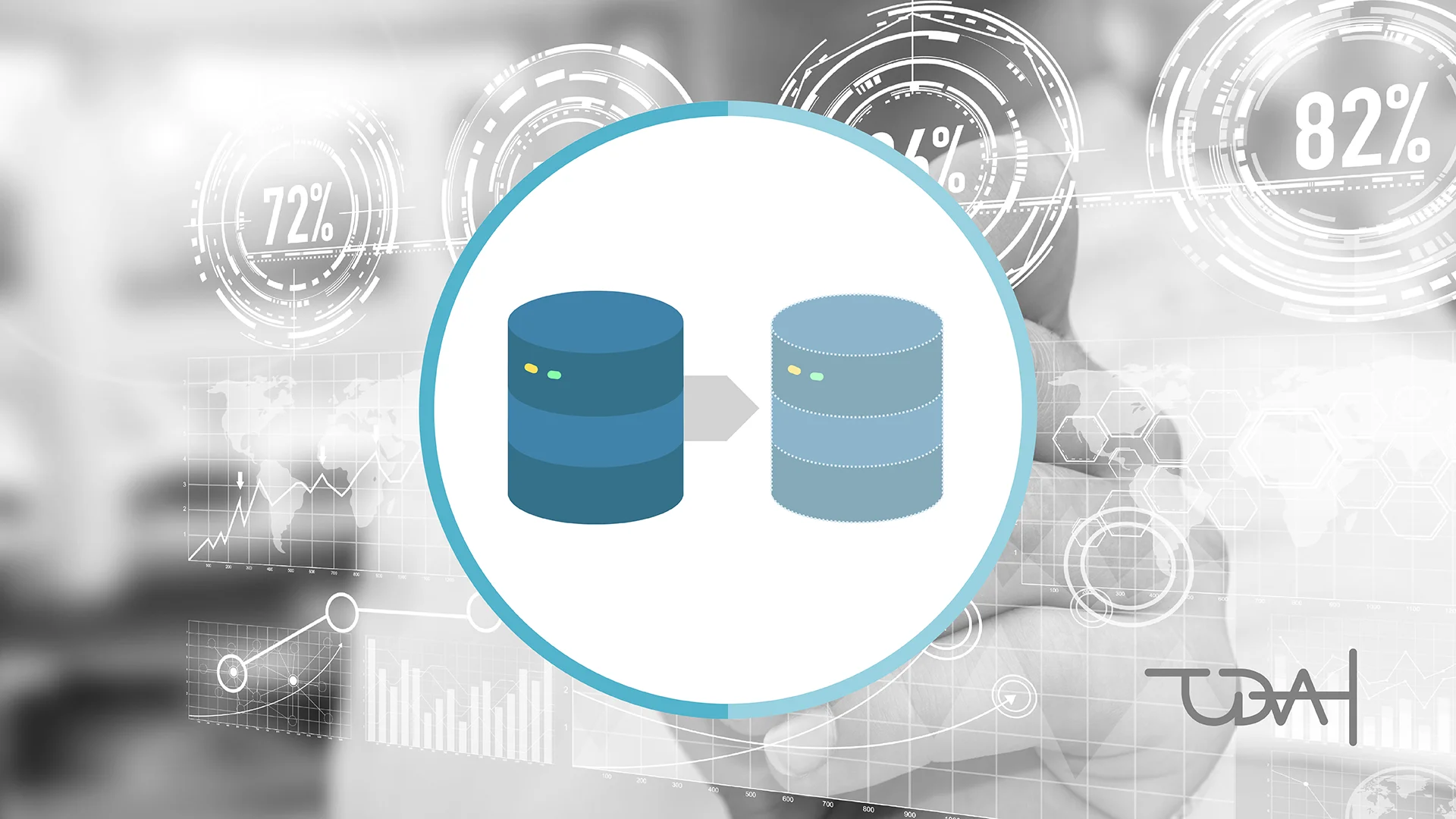Dear readers of my blog,
five years ago a long cherished idea of mine became reality. On July 1, 2017, TEDAMOH saw the light of day.
Last week I had the opportunity to present online at the Data Vault User Group about temporal data: Who, how, what - why bitemporal data? Who does not ask will not be wise!
In several projects, FastChangeCo's data modelers on the Data Management Center of Excellence (DMCE) team had an issue with the way PowerDesigner generates comments for tables and columns for the SQL Server database. Xuefang Kaya (one of the data modelers on the team), asked about the problems, says to the DMCE team:
Our roundtable in Frankfurt in March started with a bang:
Marketing for BI is even lower in the priority order than documentation.
At FastChangeCo, the data modelers within the Data Management Center of Excellence (DMCE) team are constantly designing new database objects to store data. One of the data modelers on the team is Xuefang Kaya. When she takes a new user story/task, she usually models multiple tables, their columns, and specifies a data type for each column.
PowerDesigner offers the possibility to edit the properties for a database in the so-called DBMS resource files. The DMBS resource files contain all information for PowerDesigner to generate DDL, DML and other SQL artifacts. For many databases, there are pre-built, included DBMS resource files for the different database versions.
I, Stephan, am very happy that I'm invited to give a presentation at the Knowledge Gap 2020 in Munich.
My presentation is about advanced techniques in Fact-Oriented Modeling.
Often data models are built with a technical focus, because they need to be delivered fast or must meet various technical requirements. Therefore, the business aspect and the meaning of objects and relationships are swept under the table. But then the business domain later hardly understands the data model and has problems to work with it in own applications or reports – which often results in a redesign of the data model and renewed time and cost expenditures.
Page 3 of 12






